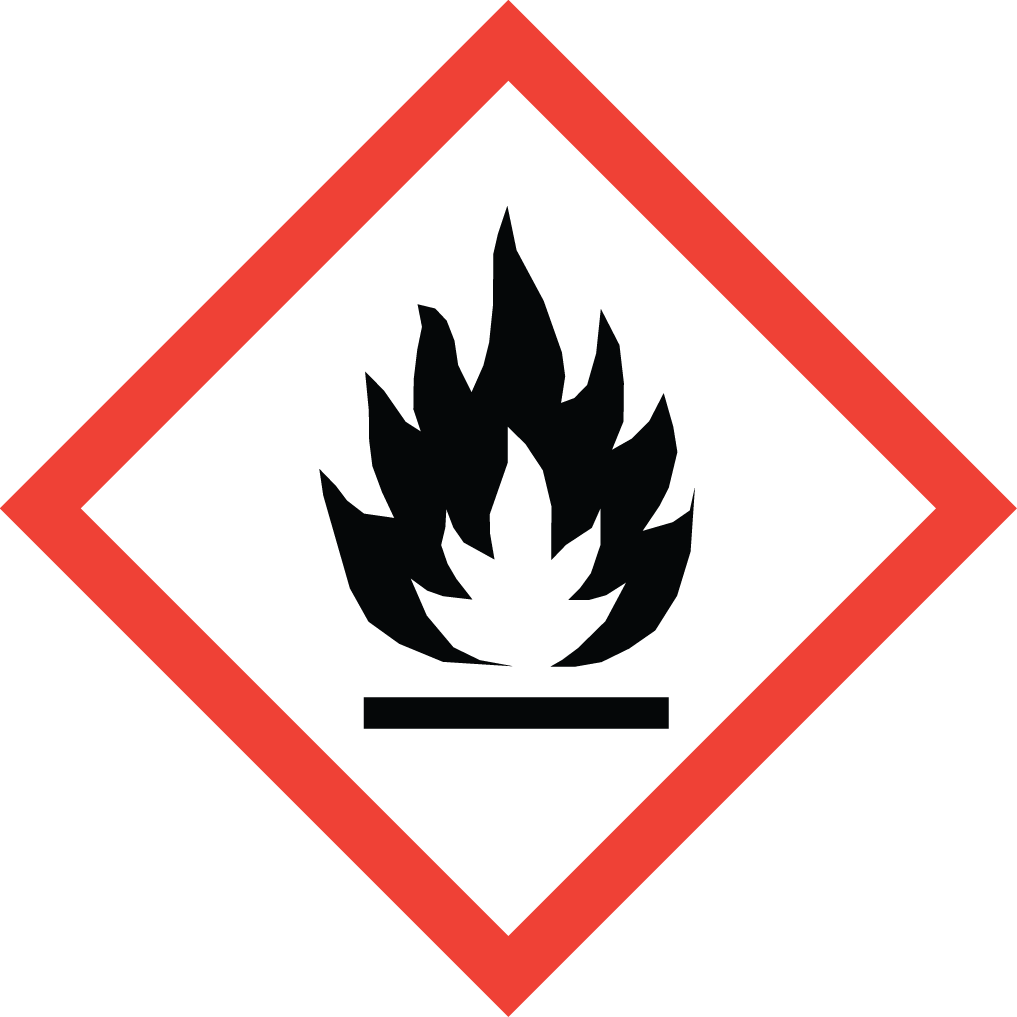Explore Top-Quality Diisopropyl Ether with Aure Chemical
Diisopropyl Ether (DIPE), CAS 108-20-3, is a high-purity, colorless, and volatile liquid known for its use as a specialty solvent. Its structure is a symmetric ether, where two isopropyl groups are linked by an oxygen atom, giving it the formula (CH₃)₂CH–O–CH(CH₃)₂. DIPE is widely favored in industrial extraction processes and laboratory applications due to its selectivity and moderate polarity, offering advantages over diethyl ether in terms of lower volatility and reduced propensity for forming explosive peroxides (though peroxide formation remains a key safety consideration).
Basic Information of DIPE
Meticulously produced and rigorously tested to meet stringent quality standards. We ensure exceptional purity and consistent performance, essential for your critical applications:
| CAS No.: | 108-20-3 |
|---|
| EC No.: | 203-560-6 |
|---|
| Linear Formula: | C6H14O |
|---|
| Molecular Weight: | 102.17 |
|---|
| Appearance: | Colorless, clear liquid |
|---|
| Odor: | Sweet, characteristic ether odor |
|---|
| Melting Point: | -85.5 °C |
|---|
| Boiling Point: | 68-69 °C(lit.) |
|---|
| Density: | 0.725 g/mL at 25 °C(lit.) |
|---|
| Solubility: | Slightly soluble in water; fully miscible with most organic solvents. |
|---|
| Flash Point: | −29 °F |
|---|
| RIDADR: | UN 1159 3/PG 2 |
|---|
| Chemical Structure: |  |
|---|
Application Overview
Diisopropyl Ether (DIPE) is widely adopted for its unique solvency profile, particularly in applications requiring precise separation and low residue:
Industrial Extraction Solvent: DIPE is a primary choice for liquid-liquid extraction in the pharmaceutical and fine chemical industries. It is used to separate active compounds from reaction mixtures due to its ability to dissolve non-polar and moderately polar substances effectively.
Petroleum Refining: Historically, DIPE has been used as an additive to gasoline to boost the octane rating (antiknock properties), replacing other oxygenates like MTBE. It is also used in dewaxing and solvent extraction processes within oil refining.
Chemical Synthesis Solvent: It is used as a reaction solvent in various organic syntheses, including Grignard reactions and other moisture-sensitive processes, due to its aprotic nature and ease of removal by distillation.
Laboratory and Analytical Use: Its high purity makes it suitable as a chromatography solvent (HPLC and GC) and as an effective cleaning or rinsing solvent for delicate equipment.
Coatings and Adhesives: DIPE is sometimes incorporated into specialized coating and adhesive formulations as a volatile solvent to control drying time and viscosity.
Why Choose Aure Chemical for Diisopropyl Ether?
Aure Chemical provides a reliable, high-specification supply of Diisopropyl Ether (CAS 108-20-3), engineered for safety and maximum performance in your critical processes.
Peroxide Control & Stabilization: We utilize proprietary anti-peroxide stabilization technology and rigorous quality control testing on every batch to certify extremely low peroxide levels (< 5ppm at the time of shipment). This minimizes the extreme explosion hazard associated with ether solvents, ensuring safer handling and storage for our customers.
Residue-Free Purity: Our DIPE undergoes multiple fractional distillation steps to achieve minimal non-volatile residue (NVR). This ultra-high purity is crucial for demanding applications like chromatography and pharmaceutical extraction, where final product contamination must be avoided.
Dedicated Handling and Storage: Given its low flash point and volatility, DIPE is stored in temperature-regulated, explosion-proof environments. We offer specialized transport and packaging, including drum inerting with nitrogen, to maintain product quality and compliance with stringent dangerous goods regulations (UN 1159).
Sustainable Solvent Solutions: We actively manage waste and offer solvent recovery consultation services to customers using DIPE in large-scale extraction. This commitment helps clients reduce solvent consumption and meet their sustainability targets efficiently.
Hazards Classification
GHS Classification: Flammable Liquid (GHS02)
Hazard Statements: Highly flammable liquid and vapor; may form explosive peroxides; extremely flammable vapor and liquid; vapor may travel a considerable distance to source of ignition and flash back.
UN Number: UN 1159
Hazard Class: 3 (Flammable Liquids)
Packing Group: II
 GHS02: Flammable
GHS02: Flammable
